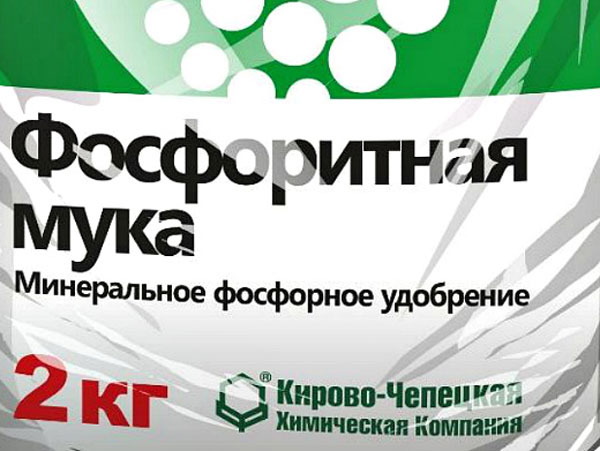
In the production of phosphate rock, natural substances containing the main chemical element are used. Initially, these components are enriched, then ground to a powder state and packaged.
In agriculture, phosphorite flour is used as the main fertilizer on chernozems and red soils, which helps plants better absorb chemical elements useful for growth and root formation.
Content
Phosphorite flour: composition, formula, properties, application
The substance is a grayish or gray-brown powder of fine grinding - the residue on the sieve is not more than 10% of grains of about 0.18 mm. Phosphorite flour does not cake, does not dissipate in the wind, has its own moisture content of not more than 1.5%. Does not absorb water from the environment.
Phosphorus oxide itself in this powder is not less than 17%, the rest of the mass falls on the elements necessary for growth and increase of plant productivity as follows:
- 33% calcium;
- 0.6% magnesium;
- 2.3% iron;
- 1.6% mixture of potassium and sodium;
- 35% silicon dioxide and other elements.
The ratio of all nutrients in phosphorite flour is close to the proportions in fertile soil, which allows you to make fertilizer of this class once every several years. At the same time, the phosphate component of the additive belongs to the lemon form of digestibility, that is, it is ideal for acidic soils.

Signs of phosphorus deficiency
The lack of this microelement is manifested in the darkening of leaves in plants, their bases and petioles themselves can have bronze and purple hues. Growth, maturation slows down and the number of ovaries on bushes and branches decreases. Most often, similar phosphorus starvation affects plants on acidic soils with a low organic content in their composition.
In old perennials, a similar deficiency of phosphorus can affect after several years - the old branches give all the juices to the young, so it is difficult to save such a plant. At the first signs of phosphorus deficiency, “quick” resuscitation can be carried out by dissolving 20 g of potassium monophosphate in 10 l of warm water and irrigating the trunk around the solution.
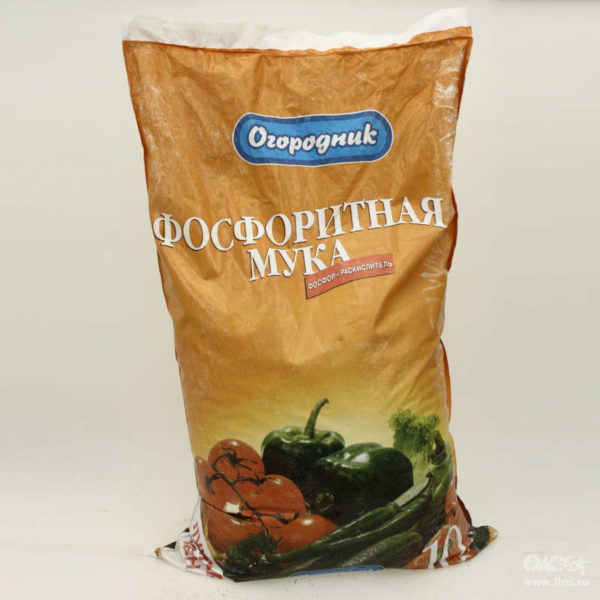
If the soil around the tree or bush is acidic, phosphorites must be added, with depleted soils, plants should be fed with superphosphates at the rate of 50 g per bucket of water. The same composition should be sprayed on the crowns of trees and shrubs. After 2 weeks, liquid forms of organic fertilizers, such as manure or compost, should be added as nitrogen top dressing. The amount of organic matter directly depends on the properties of cultivated plants and soil quality.
Positive features
Experts call manure composting an ideal application. At the same time, the saturation of such organic fertilizer with phosphorus increases, and nitrogen losses during the decay of materials of different densities are reduced. For 1 ton of organics, 30 kg of powder will be required.
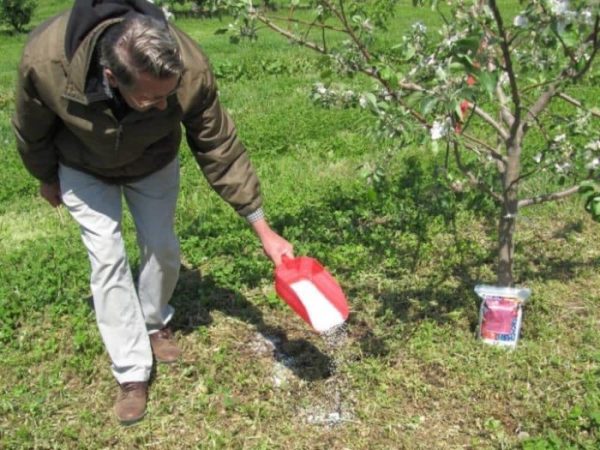
This fertilizer is not harmful to plants or the environment, even with large concentrations, therefore it is sufficient to use it once every 4-5 years during autumn digging or spring cultivation.
Grass Fertilizer
Proponents of organic methods of growing vegetables recommend preparing a herbal, fermented infusion of weeds. To do this, coarsely chop the collected plants, fill them with a 2/3 barrel and fill with water. After the mixture has fermented, dilute a little phosphorite flour with warm water to a suspension state and add to the solution. For radical top dressing you will need 1 teaspoon of liquid per 10 liters of water, when spraying over seedlings - 1 teaspoon per 20 liters of water. Complex mixtures with the participation of other trace elements important for plants can also be added to this.
Security measures
Phosphorite flour is a low-toxic type of fertilizer, so you need to work with it in personal protective equipment - gloves, respirators, special suits made of thick fabric, safety glasses. After work, personal hygiene should be followed - take a shower, wash your face and hands with soap.
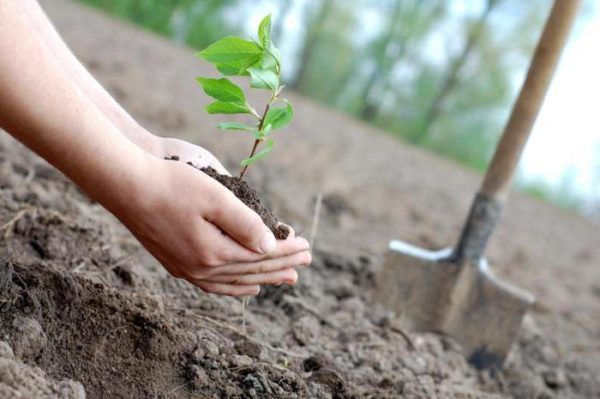
If the powder gets on open skin, wash it with warm water and soap. If you had to accidentally inhale the flour, rinse the mucous membrane with plenty of water and go to the hospital. The same must be done if the flour gets in your eyes.
Reviews
Nikolay, Smolensk region:
“Back in the century before last, progressive landowners began to use phosphorite flour to enrich depleted soil. I also brought the required amount of fertilizer to the place of the old garden, uprooted as unnecessary. The land was so poor that even weeds practically did not grow. The result exceeded all my expectations - I collected 10 times more potatoes than I planted - from one bucket of planting material I got 12 buckets of selected tubers. ”
Victor Sergeevich:
“I have been adding phosphorite flour to the compost mixture since Soviet times. The fertilizer turns out to be upscale - I specially went to the local laboratory, checked it. ”
Marya Ivanovna:
“The neighbor recommended, after pruning for rejuvenation, to feed an old apple tree in autumn - a very good variety, but the tree has practically degenerated. After the work, the tree surprisingly amicably blossomed and pleased with a good harvest. I consider the merit of this particular fertilizer the revival of my beloved apple tree! ”

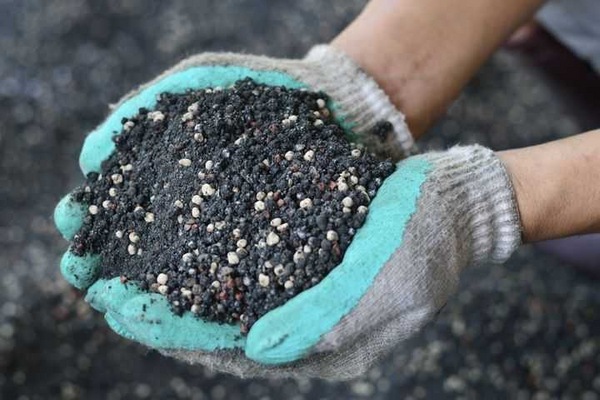
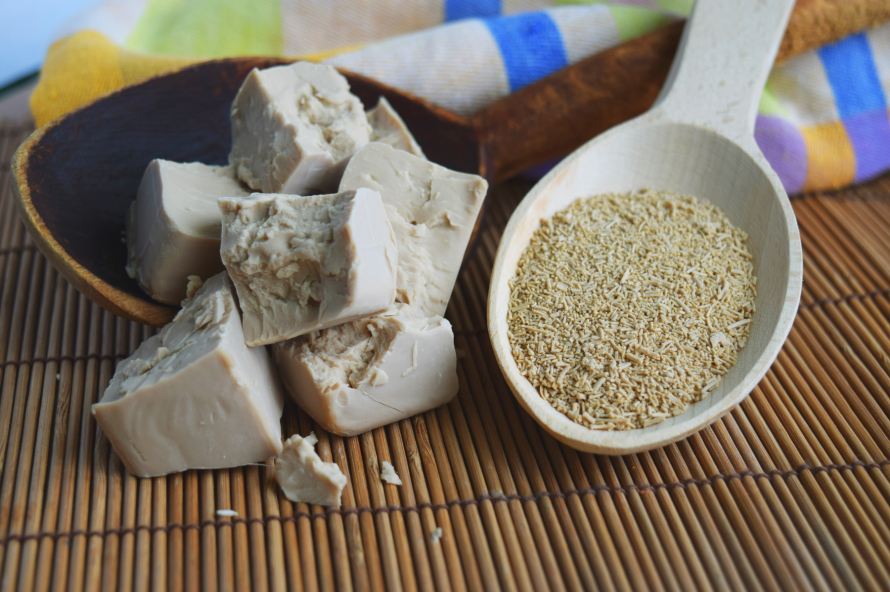
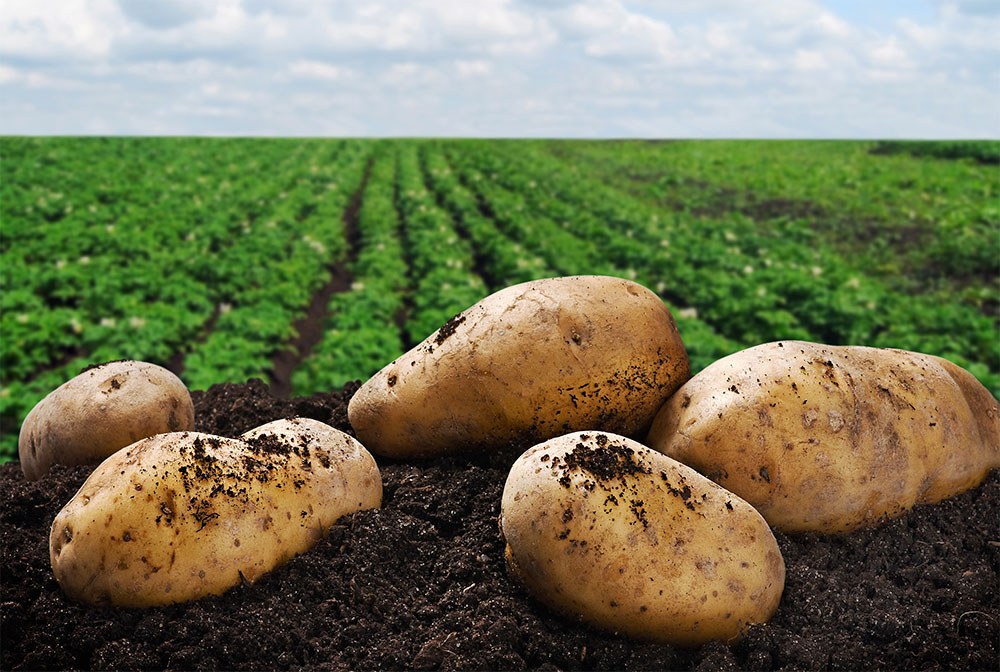
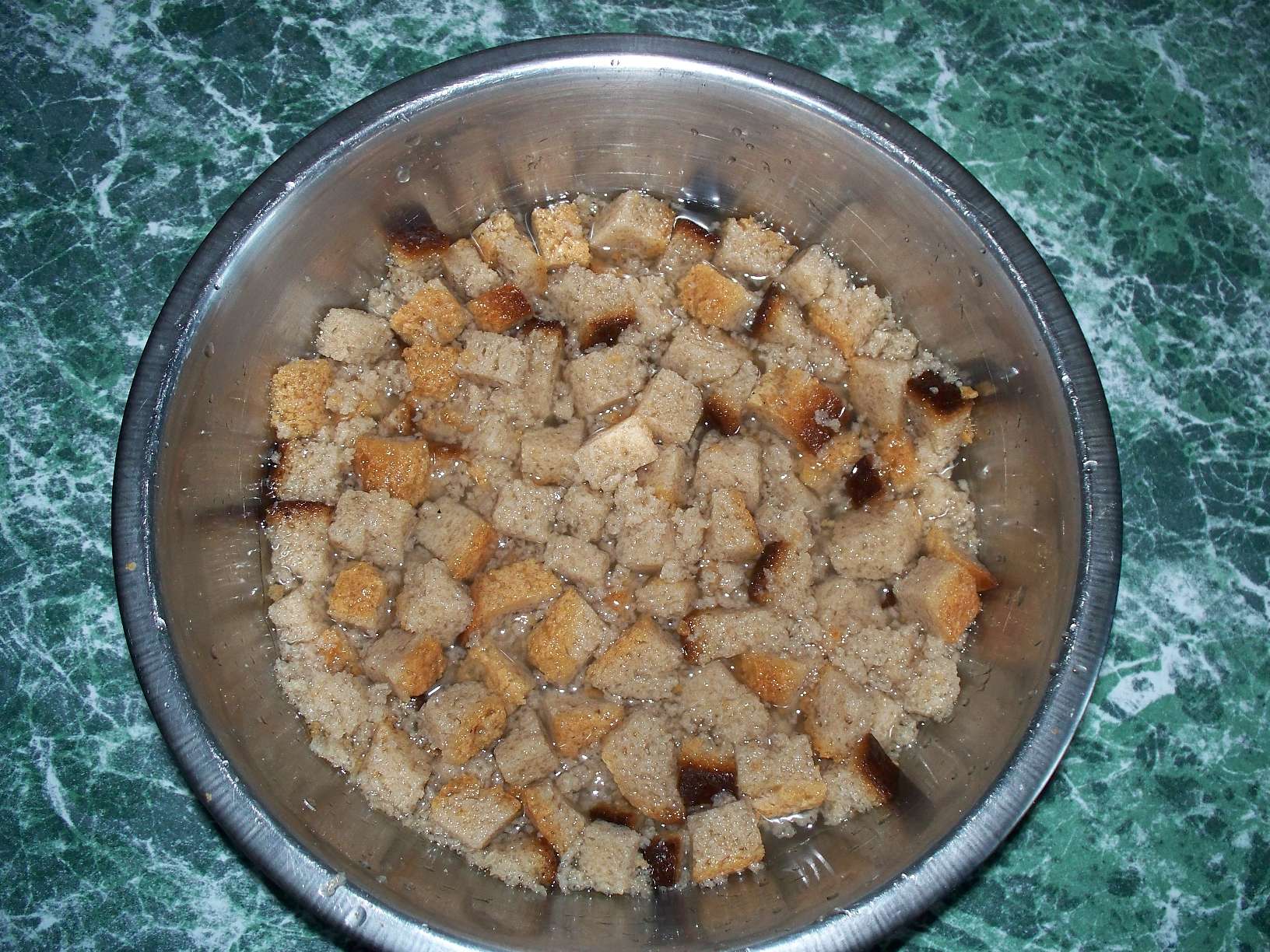 How to make bread infusion for feeding cucumbers
How to make bread infusion for feeding cucumbers Superphosphate: what is it and how to apply it
Superphosphate: what is it and how to apply it What problems can be expected from siderats?
What problems can be expected from siderats? Secrets of the collection, storage and use of eggshells in the garden
Secrets of the collection, storage and use of eggshells in the garden